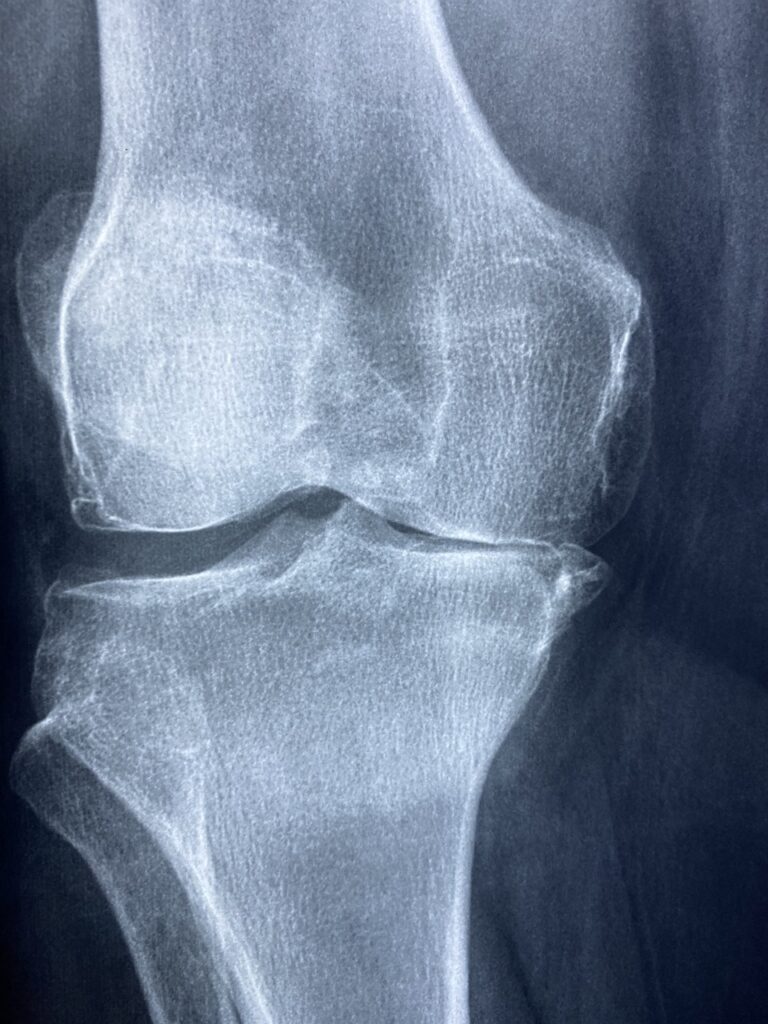What is Lung Cancer? Lung cancer is a type of cancer that starts in the lungs, usually in the cells lining the air passages. It is the leading cause of cancer-related deaths worldwide. Lung cancer can occur in different parts of the lungs and can spread to other organs in the body.
Types of Lung Cancer:
- Non-Small Cell Lung Cancer (NSCLC): This is the most common type of lung cancer, accounting for about 85% of cases. It includes subtypes such as adenocarcinoma, squamous cell carcinoma, and large cell carcinoma.
- Small Cell Lung Cancer (SCLC): This type of lung cancer is less common but tends to grow and spread more rapidly than NSCLC. It is often associated with smoking.
Symptoms of Lung Cancer:
- Persistent Cough: A chronic cough that worsens over time and may produce blood or sputum.
- Shortness of Breath: Difficulty breathing or shortness of breath, especially with exertion.
- Chest Pain: Chest pain that worsens with deep breathing, coughing, or laughing.
- Unexplained Weight Loss: Significant and unexplained weight loss, often accompanied by loss of appetite.
- Fatigue: Persistent fatigue and weakness, even with adequate rest.
- Wheezing: Wheezing or hoarseness that does not improve.
- Recurrent Infections: Frequent respiratory infections, such as bronchitis or pneumonia.
- Bone Pain: Bone pain, especially in the back or hips, which may indicate cancer spread to the bones.
- Headaches: Persistent headaches, dizziness, or seizures, which may be a sign of cancer spread to the brain.
Causes of Lung Cancer:
- Smoking: Tobacco smoking, including cigarettes, cigars, and pipes, is the leading cause of lung cancer. Smoking increases the risk of developing lung cancer by damaging the cells lining the lungs.
- Secondhand Smoke: Exposure to secondhand smoke from others’ tobacco products also increases the risk of lung cancer.
- Radon Exposure: Radon gas, a naturally occurring radioactive gas found in soil and rock, can seep into homes and buildings and increase the risk of lung cancer.
- Occupational Exposures: Exposure to carcinogens such as asbestos, arsenic, chromium, and diesel fumes in certain workplaces can increase the risk of lung cancer.
- Family History: A family history of lung cancer may increase an individual’s risk of developing the disease.
Diagnosis of Lung Cancer:
- Imaging Tests: Chest X-rays, computed tomography (CT) scans, and positron emission tomography (PET) scans can help detect abnormal growths or tumors in the lungs.
- Biopsy: A biopsy involves removing a small sample of lung tissue for examination under a microscope to determine if cancer cells are present.
- Sputum Cytology: Examination of sputum (mucus coughed up from the lungs) under a microscope to detect cancer cells.
- Bronchoscopy: A bronchoscopy involves inserting a thin, flexible tube with a camera into the lungs to visualize the airways and collect tissue samples.
- Mediastinoscopy: A mediastinoscopy is a surgical procedure to examine the lymph nodes in the chest for signs of cancer spread.
Treatment of Lung Cancer: Treatment options for lung cancer depend on the type and stage of the disease and may include:
- Surgery: Surgical removal of the tumor and surrounding tissue may be recommended for early-stage lung cancer.
- Chemotherapy: Chemotherapy uses drugs to kill cancer cells or slow their growth and may be used alone or in combination with other treatments.
- Radiation Therapy: Radiation therapy uses high-energy beams to destroy cancer cells and shrink tumors.
- Targeted Therapy: Targeted therapy drugs target specific genetic mutations in cancer cells to block their growth and spread.
- Immunotherapy: Immunotherapy boosts the body’s immune system to recognize and destroy cancer cells.
- Clinical Trials: Participation in clinical trials may offer access to experimental treatments and new therapies for lung cancer.
Conclusion: Lung cancer is a serious and potentially life-threatening disease, but early detection and advances in treatment have improved outcomes for many patients. Quitting smoking and avoiding exposure to tobacco smoke and other carcinogens can significantly reduce the risk of developing lung cancer. If you experience symptoms such as persistent cough, shortness of breath, or unexplained weight loss, it is essential to seek medical evaluation promptly for early detection and treatment.




